
All categories
Featured selections
Trade Assurance
Buyer Central
Help Center
Get the app
Become a supplier

(93 products available)





















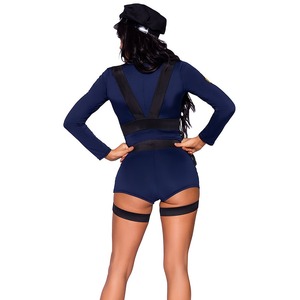
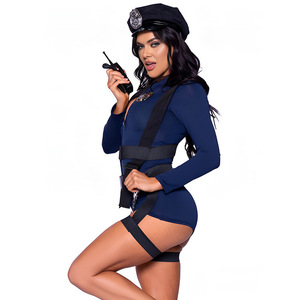
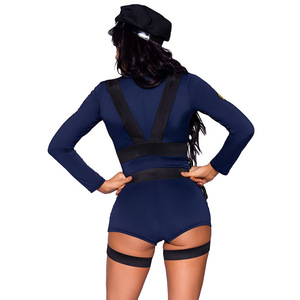
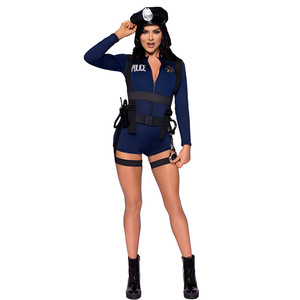
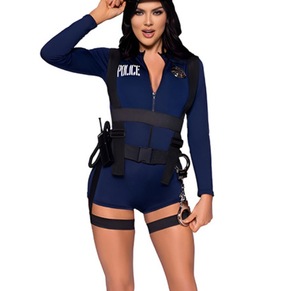






















Jester cosplay incorporates an array of costumes, and each has a unique personality and style. Here are some of their types:
Traditional Jesters
These modern-day characters are derived from the medieval ones who wore brightly colored multicolored costumes. They are commonly identified with a cap that has two or more curled tips and bells at their ends. Their outfits usually combine diamond or triangular patterns. In cosplay, traditional jesters can be portrayed by individuals who love historical figures or enjoy the comic-tragic duality of jesters. This type of jester cosplay requires a detailed costume with a cap, bells, and makeup to look like a clown.
Fantasy Jesters
These jesters are often found in fantasy literature and role-playing games. They mix elements of comedy with magic, illusion, and trickery. Their costumes are usually more elaborate and can include magical props or weapons. In cosplay, fantasy jesters are usually popular among those who love fantasy worlds and characters. Cosplaying as a fantasy jester requires creating a detailed costume that may include magical props.
Modern/Comedic Jesters
Jesters who are modern/comedic are characters who are not very different from clowns, and they perform comic acts in street performances, shows, and movies. Their costumes are less formal and more casual compared to traditional ones. They might wear a simple jester hat with casual clothes. In cosplay, modern/comedic jesters are popular among those who love humor and parody. Cosplaying as a modern/comedic jester requires a simple costume and a good sense of humor.
Jester Archetype
The jester archetype is a character found in literature, movies, and games. It is a character that is wise and foolish at the same time, and it serves as a mentor or guide to the main character. In cosplay, the jester archetype can be portrayed by any character who embodies the qualities of a jester. Cosplaying as a jester archetype requires a deep understanding of the character's personality and traits.
The design of a Jester cosplay outfit is both intricate and playful, reflecting the multifaceted nature of this character. At first, the outfit is usually made up of bright, contrasting colors such as red, green, yellow, and blue. These colors are often arranged in diamond or checkerboard patterns, which are motifs commonly associated with jesters. The use of color not only adds visual interest but also conveys a sense of whimsy and joy, which are essential qualities of a jester.
The material selection for a Jester cosplay is another crucial design element. Lightweight and flexible fabrics such as cotton, polyester, or a blend are commonly used. These materials allow for ease of movement, which is important for performing acrobatic or dynamic actions. Additionally, some costumes may incorporate satin or silk for certain parts, adding a touch of luxury and sheen. The comfort of the material against the skin is also important, especially for prolonged wear during conventions or performances.
One of the most distinctive features of a jester costume is its hat. Jester hats are typically multi-colored and feature long, pointed ends that are often adorned with bells. The design of the hat is playful and eye-catching, drawing attention to the head and adding to the overall whimsical appearance. The hat is usually constructed from several triangular sections that come together at a central point, forming a hat that is both structured and flexible. The addition of bells on the hat's tips not only enhances the visual appeal but also adds an auditory element, creating a jingling sound that is associated with merriment.
The jester's costume also includes accessories such as collars, cuffs, and shoes. Ruffled collars and cuffs are common, adding a touch of elegance and detail to the outfit. These elements are often trimmed with lace or ribbons, enhancing their decorative appeal. Jester shoes are typically soft and flexible, allowing for ease of movement. They may feature curled toes and are often adorned with bells or pom-poms, further emphasizing the playful and merry aesthetic of the jester cosplay.
In terms of overall silhouette, the jester cosplay is designed to be form-fitting, highlighting the character's agility and acrobatic abilities. The use of stretchy fabrics and strategic seams allows for a full range of motion, making it suitable for dynamic performances. The costume may also include additional elements such as a cape or vest, which can add layers and complexity to the design. A cape may be draped over the shoulders, flowing behind the jester and adding a sense of drama to their movements. Vests, often worn over a fitted shirt, can feature intricate patterns and closures, providing an extra layer of visual interest and depth to the outfit.
Overall, the design of a Jester cosplay is a harmonious blend of color, material, and playful details. Each element, from the multi-colored fabric to the iconic hat with bells, contributes to the whimsical and merry aesthetic that defines the jester character. Whether for a performance or convention, the design of the jester cosplay is intended to capture attention, evoke joy, and celebrate the playful spirit of this timeless archetype.
Jester cosplay brings to life vibrant medieval court figures known for their humor, agility, and wit. To effectively embody a jester, one must pay close attention to the costume's colors, patterns, and accessories, ensuring they are both visually striking and true to the character's historical roots. Here are some suggestions for wearing and matching a jester cosplay costume.
Q1: What are the key elements of a jester costume?
A1: The key elements of a jester costume include a brightly colored, patchwork tunic and pants, a cap with bells, mocker’s shoes, and accessories like a scepter or bells. These elements combine to create a whimsical and playful appearance.
Q2: What colors are associated with a jester cosplay?
A2: Jesters are known for their vivid colors. Red, green, yellow, blue, and white are popular choices, often in alternating or patchwork designs. The color scheme should be bold and eye-catching.
Q3: Are there specific materials used for jester cosplay costumes?
A3: Jester costumes are made from various materials. Cotton and polyester blends are common for their comfort and durability. Velvet and satin add a touch of luxury, while lightweight fabrics like chiffon are used for accessories like scarves or sashes.
Q4: How can one add authenticity to a jester cosplay?
A4: One can add authenticity to a jester cosplay by incorporating accessories like bells on the cap and clothing, using a patchwork of bright fabrics, and including props like a mocker's staff or scepter. Studying historical images or representations of jesters can also help capture their unique demeanor and personality traits.
Q5: What are some tips for creating a jester makeup look?
A5: To create a jester makeup look, start with a clean, moisturized face and apply a primer to help makeup stay in place. Use face paint or a high-quality foundation to create a base, then add bright, contrasting colors to the eyes, cheeks, and lips. Consider using a split or diamond pattern for a traditional jester look. Finish with setting spray or powder to keep the makeup intact.